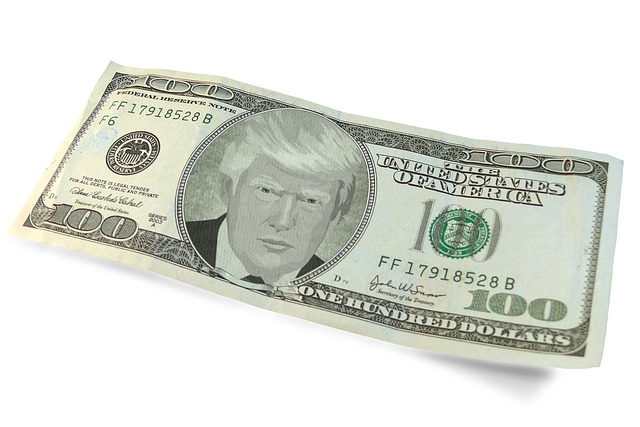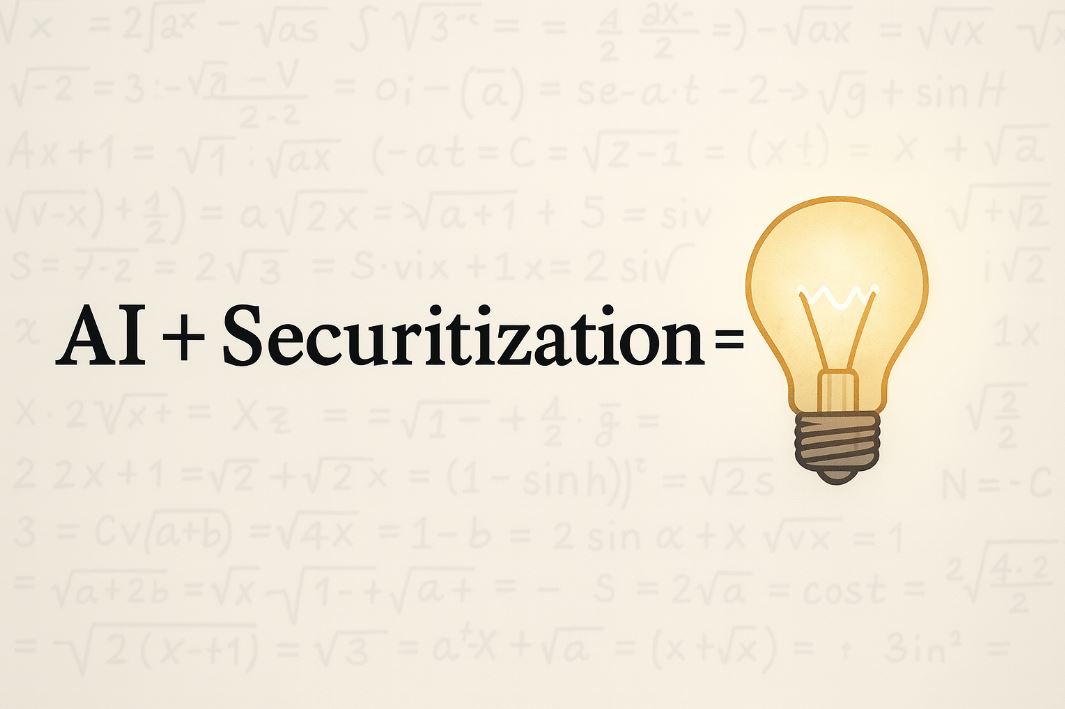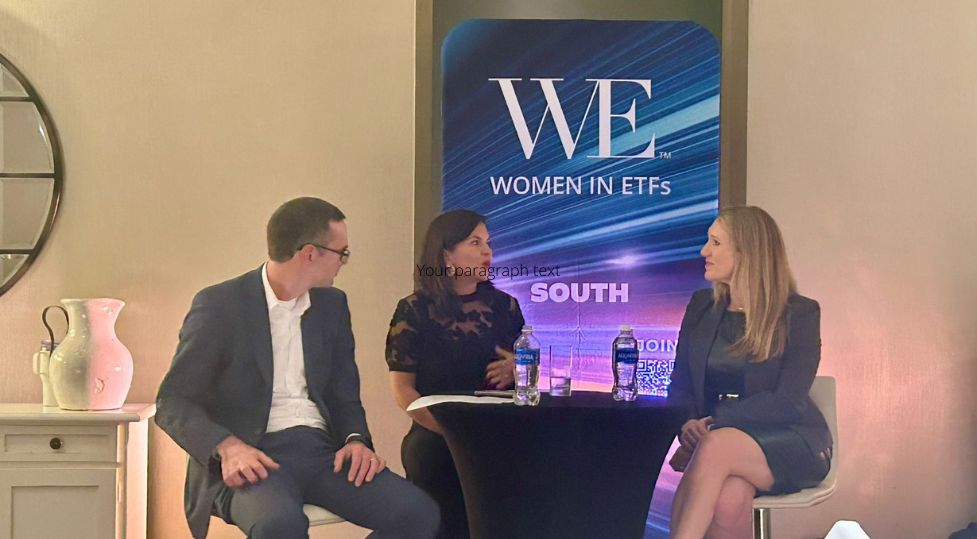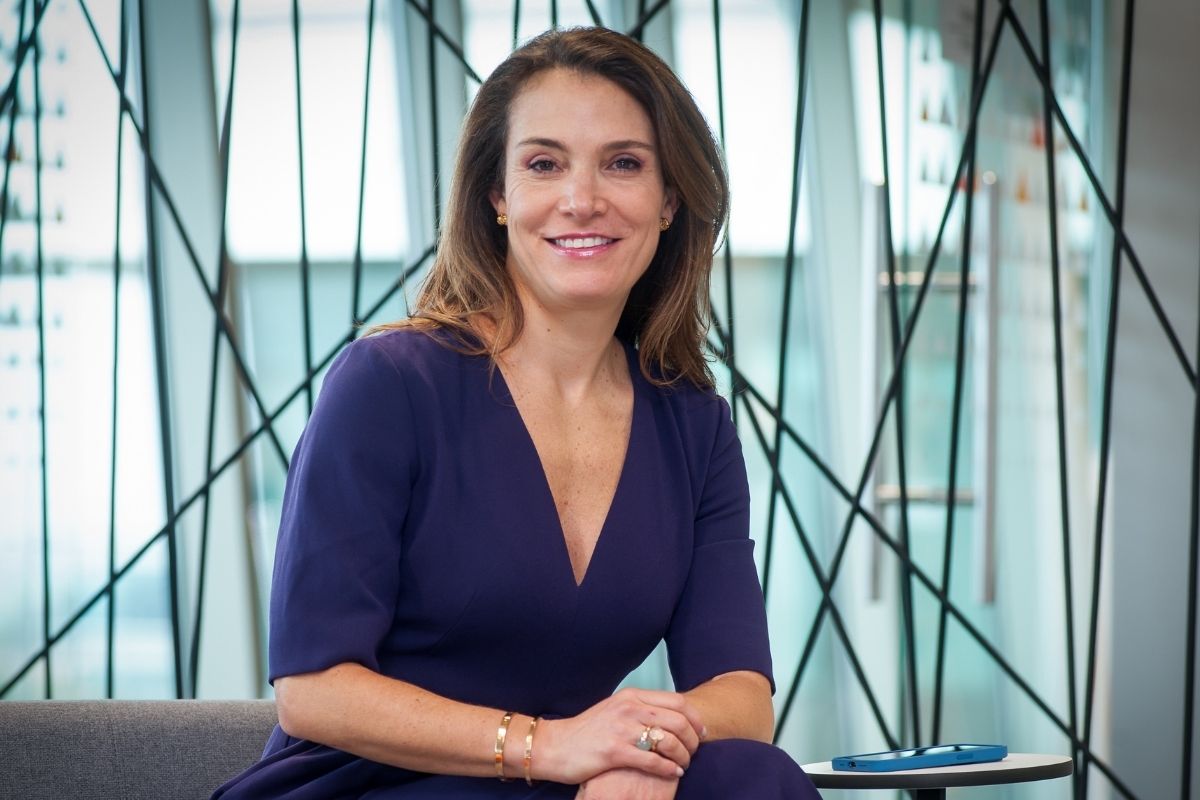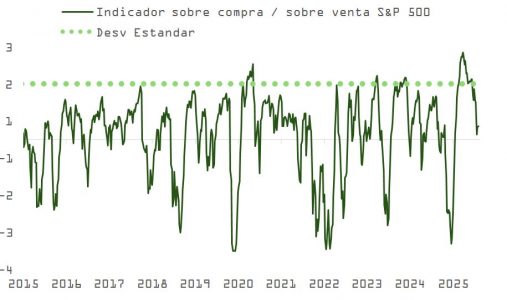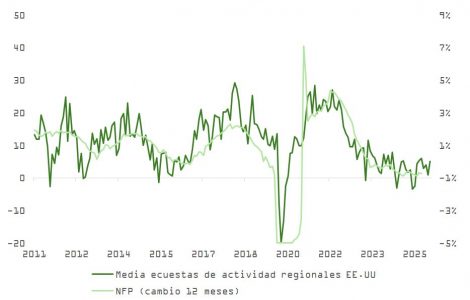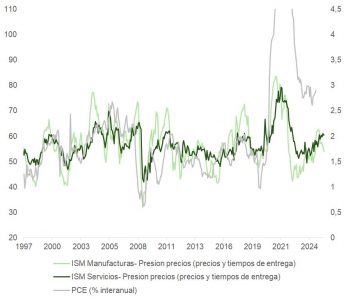Santander Expands Its Research in the U.S. With MoffettNathanson
| By Amaya Uriarte | 0 Comentarios
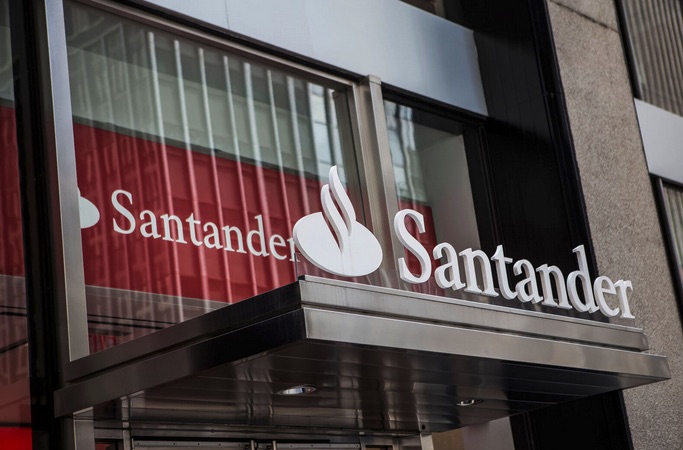
Santander Corporate & Investment Banking (Santander CIB) announced a new strategic alliance in the United States to expand its equity research offering. Through its local broker-dealer, Santander US Capital Markets, it signed an agreement with MoffettNathanson, an independent firm specialized in Technology, Media, and Telecommunications (TMT).
With this move, Santander adds its fourth equity research alliance in the U.S. market, following previous agreements with Telsey Advisory Group (retail and e-commerce), Vertical Research Partners (industrials and materials), and Nephron Research (healthcare). The strategy aims to strengthen its local sector research capabilities and complement its strong research presence in Europe and Latin America, according to a statement released by the bank.
The Contribution of MoffettNathanson
MoffettNathanson is a well-regarded firm known for its in-depth coverage of the TMT space. Founded in 2013, the firm distributes subscription-based research to institutional investors and was named the No. 1 independent firm in the U.S. in 2022 by Institutional Investor Magazine. Its focus on key companies in technology, media, and telecommunications positions it as a key partner to enhance Santander‘s offering in a sector central to global innovation.
The firm markets its research through a seasoned senior sales team led by founding partners Pat O’Connell, Ethan Steinberg, and John Towers, who together bring over 70 years of combined experience in equity sales.
Objective: Deeper Sector Expertise and Global Reach
From Santander‘s perspective, the agreement represents a qualitative leap in sector coverage in the U.S. David Hermer, Head of Santander CIB US, stated that MoffettNathanson’s leadership in TMT brings “exceptional insight” to the bank’s platform and reinforces its commitment to delivering differentiated analysis and strategic perspective to global clients.
For MoffettNathanson, the value lies in Santander’s international scale. Its co-founder and senior analyst, Craig Moffett, highlighted that the collaboration will help broaden the reach of its research among institutional investors worldwide, leveraging the financial group’s global network and capital markets expertise.
The alliance is part of a broader trend: global banks combining in-house research with agreements with independent boutiques to gain sector-specific reach and speed of coverage in critical geographies. In this case, Santander strengthens its U.S. offering in a segment—TMT—where demand for specialized analysis is growing alongside the technological transformation of the economy.


